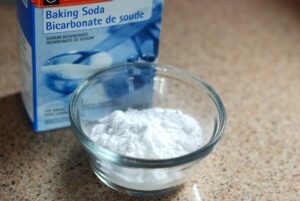Want to learn how to make compost at home with kitchen waste? The process is surprisingly easy!
Our expert housekeepers can make sure your kitchen scraps are being kept and composted accordingly, so you can create DIY organic compost at home.
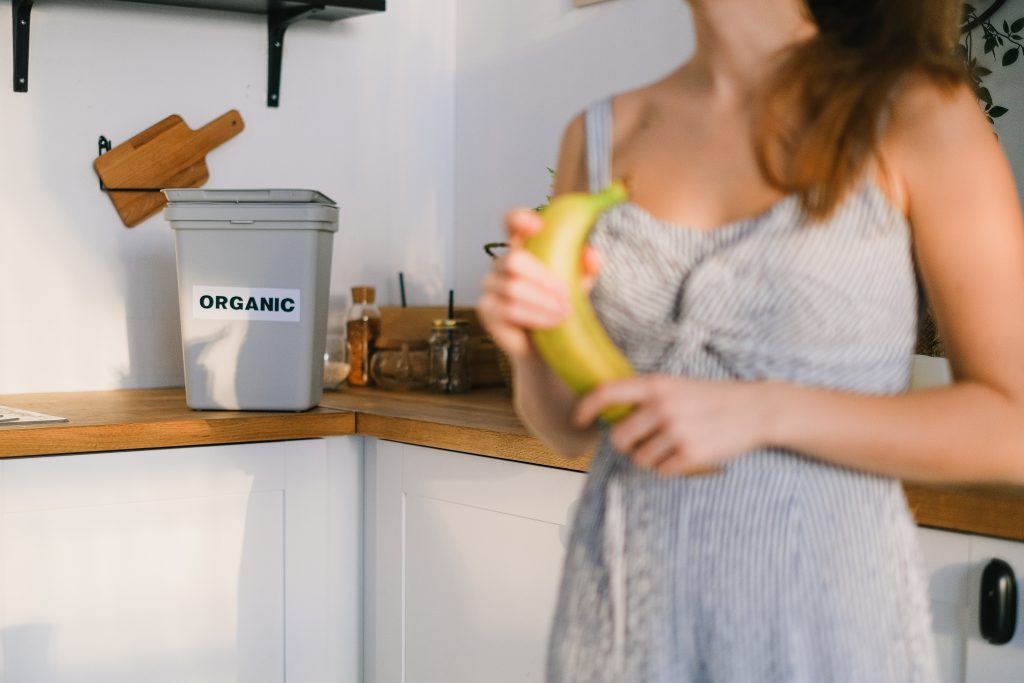
Composting at Home: Turning Kitchen Waste into Garden Gold
If you’ve never composted at home before, here’s your kitchen waste composting guide.
What is Composting?
Composting is like nature’s recycling system for your kitchen waste.
It’s a way of turning stuff like fruit peels, coffee grounds, and leaves into a supercharged soil booster called compost.
This compost is like plant magic – it’s filled with nutrients that plants love.
When you put your kitchen and yard waste in a compost pile or bin, tiny bugs and microbes start breaking it down. They turn it into dark, crumbly, compost.
This compost can be used to make the soil in your garden healthier and helps plants grow better.
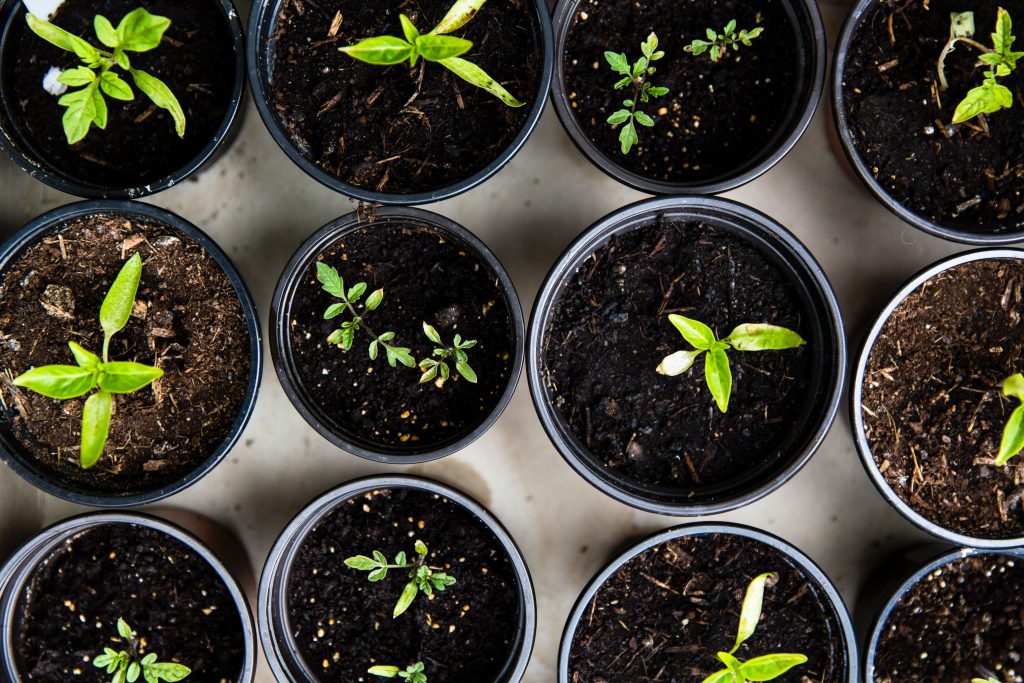
What Kitchen Waste Can Be Composted at Home?
It’s surprisingly easy to DIY organic compost from kitchen scraps. You can use:
- Fruit and vegetable scraps, peels, cores, seeds, and other leftover parts.
- Coffee grounds and filters
- Teabags with the staples removed
- Eggshells and nutshells
- Bread, pasta, rice, and other grains
- Certain paper towels and napkins can be composted
- Shredded paper bags and newspaper
- Fruit pits, and herb and vegetable stems and leaves
- Stale chips, crackers, and other dry snacks
Remember to avoid including items like meat, dairy, oils, and heavily processed foods in your compost pile, as these can attract pests and slow down the composting process.
It’s also a good idea to cut larger scraps into smaller pieces to help them break down more quickly.
The Art of Layering: Green and Brown Materials in Your Compost Pile
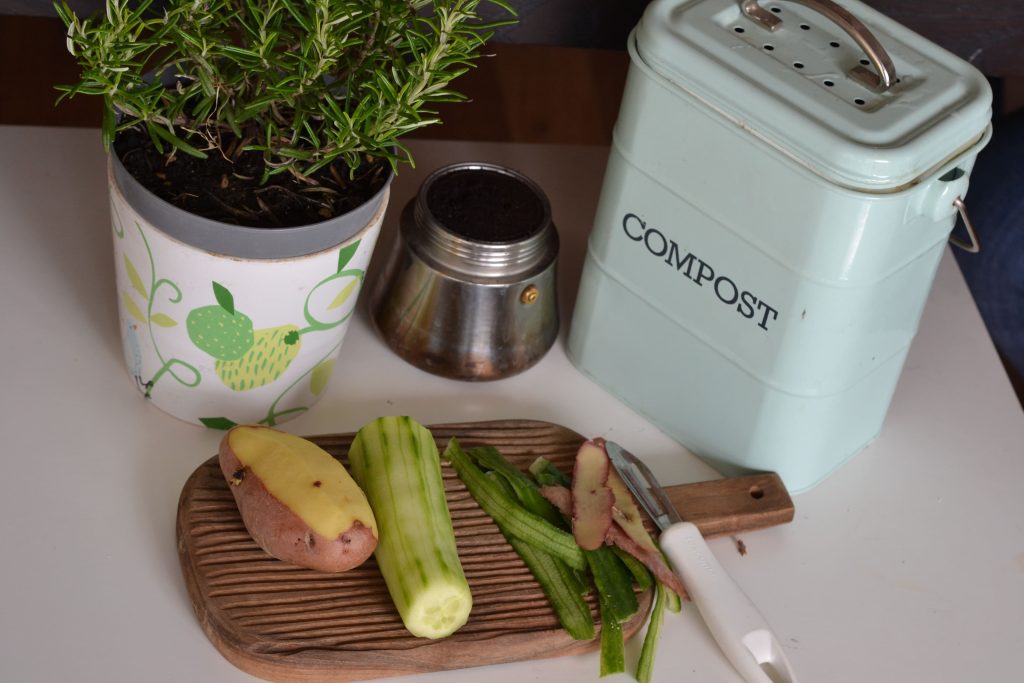
To create the best compost, you need to keep a balance between “green” nitrogen-rich materials (like fruit scraps) and “brown” carbon-rich materials (like paper or leaves).
Here’s how to layer the two, so you know how to make the best compost at home with kitchen waste.
- Start with a brown layer: Begin with a layer of brown materials, like shredded paper or dry leaves. This creates a nice base for your compost pile and helps with airflow.
- Add green goodness: On top of the brown layer, place your green materials like vegetable scraps, coffee grounds, and fresh plant trimmings. This adds the nitrogen-rich boost that kickstarts the decomposition process.
- More browns: Sprinkle another layer of brown materials on top of the greens. This helps prevent odors and keeps the pile from getting too wet.
- Keep alternating: Continue layering, alternating between green and brown materials.
- Stay balanced: Aim for a roughly equal balance of green and brown materials. This balance ensures that the composting process is efficient and doesn’t become too smelly or soggy.
Remember, the key to successful composting is moderation and variety. Too many greens can lead to a smelly and slimy pile, while too many browns can slow down decomposition.
By layering your materials and finding the right balance, you’ll be well on your way to creating nutrient-rich compost that your garden will love!
Composting Techniques: From Simple Burying to Using a 3-Stage Bin
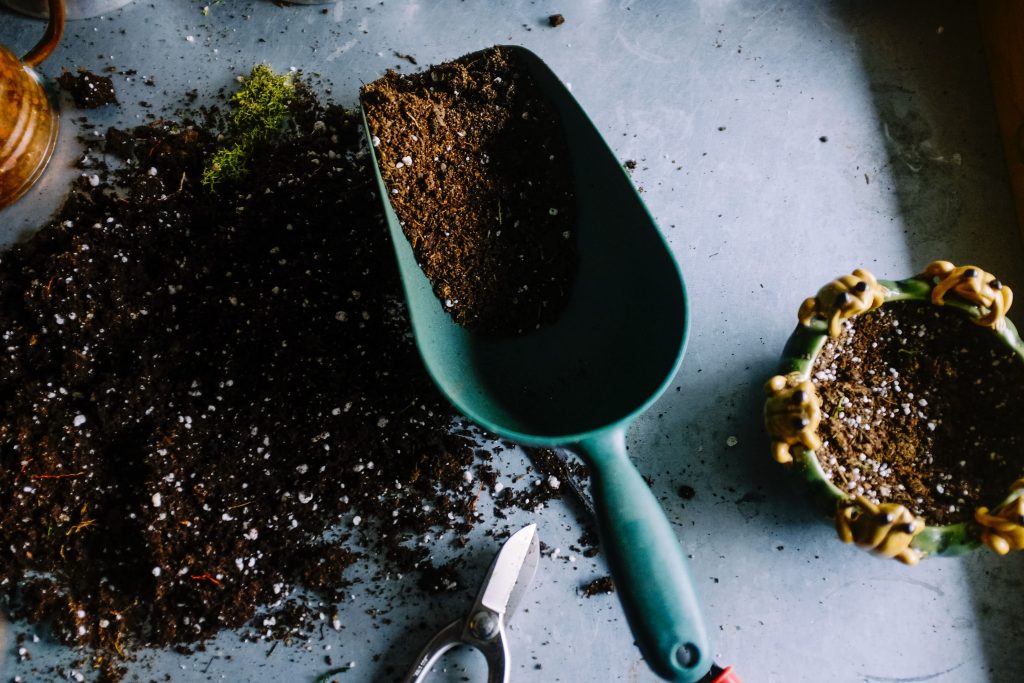
There are a couple of different methods of how to make compost at home from kitchen waste. Some are more simple, and some can be quite advanced.
- Burying: This is as straightforward as it gets. Dig a small hole in your garden or yard, bury your kitchen scraps, and cover them up with soil. Over time, the buried scraps will decompose and enrich the soil. This method is simple but may take longer to break down than other techniques.
- Compost pile or bin: Collect your kitchen scraps and yard waste in a designated spot. This method is great for home gardeners and provides more control over the composting process.
- Trench composting: Similar to burying, trench composting involves digging a trench or furrow in your garden. Fill it with kitchen scraps, cover with soil, and let it decompose directly in the ground.
- Indoor worm composting: This technique is perfect for apartment dwellers or those with limited outdoor space. You’ll need a worm bin, which houses a special type of earthworm (red wigglers). These worms happily munch on your kitchen scraps and turn them into nutrient-rich worm castings, a form of compost that’s highly prized by gardeners.
- Three-Stage Bin: For the serious compost enthusiast, a three-stage composting bin offers a dynamic system for efficiently breaking down organic materials. It usually consists of three bins: one for adding fresh materials, one for the active composting process, and one for mature compost.
Remember, the key to successful composting is finding a technique that suits your lifestyle, available space, and level of involvement – you’ll be one step closer to a more organised kitchen.
Whichever method you choose, the important principles remain the same: balance between green and brown materials, regular aeration, and patience as nature does its work. Happy composting!
Don’t forget to let your cleaner or housekeeper know that you’re composting, so they can make sure the scraps are saved for your compost.






